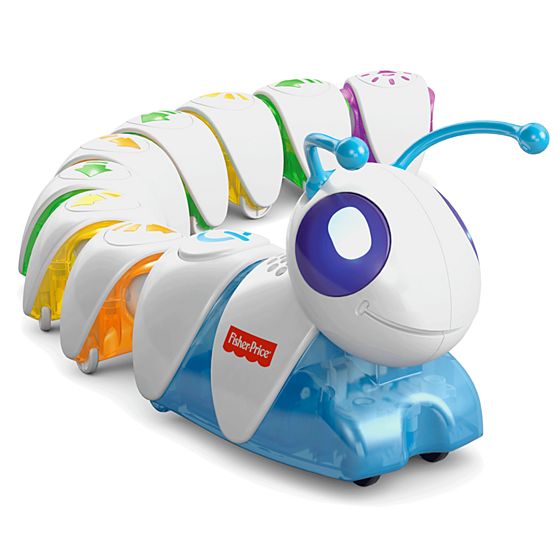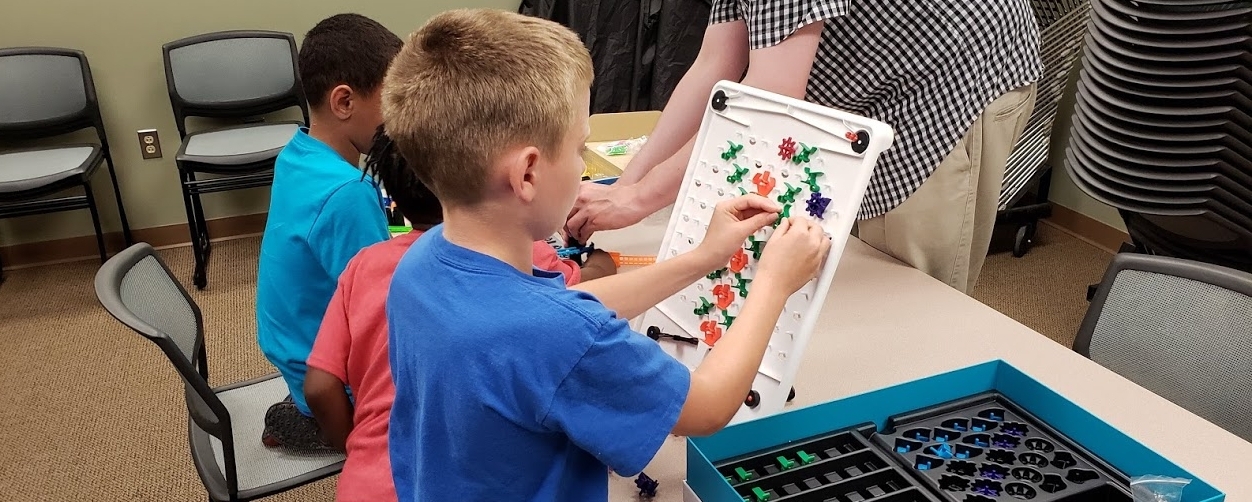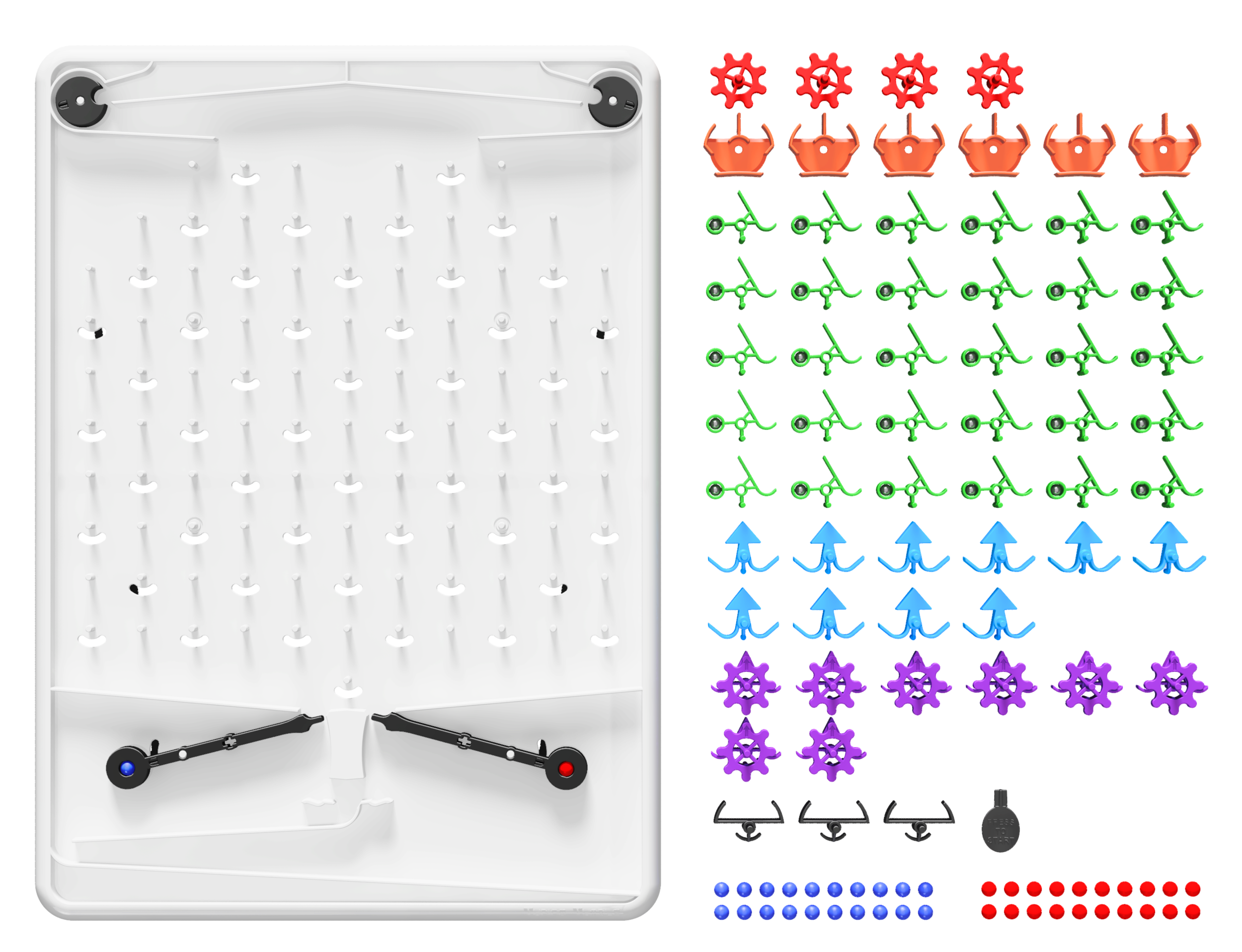Educators and researchers unanimously agree on the positive impact playing games can have on the learning process. Playing games of all kinds can help young people understand new concepts, view ideas from an alternative perspective and work as a team to accomplish a mission or a goal.
At Gridopolis Games, we too are on board with the idea that learning can be fun and engaging. A passion which led us to create the innovative educational ‘strategy game + platform’ called Gridopolis.
Gridopolis is a first-of-its-kind game where players think creatively and logically in three dimensions. Gridopolis is both a strategy game and an expandable gaming system, which is why it's such a fantastic and fun tool for STEM education.
For what we have classified more directly as ‘STEM without screens,' we recently developed our first lesson plan for use at home and in the classroom. This curriculum outlines therapeutic, knowledge, and behavioral objectives of the game system.
For the therapeutic objectives, students will practice recognizing shapes, colors and methods of assembly, addressing spatial skills, reasoning, memory and more. For knowledge objectives, students plan, move and strategize in three dimensions, teaching strategy, logic and creativity. Examining the behavioral objectives, students collaborate as they master the rules and game play, targeting socialization, collaboration and communication skills.
In addition to being a practical and fun learning system, Gridopolis would be an excellent fit in a schools and libraries setting due to its durability, simple instruction guide and vibrant color scheme.
Sign up for updates about our Kickstarter, coming July 2019.
Article by Gridopolis Games
Games in Schools and Libraries is produced in association with Inverse Genius and the Georgetown County Library System.
Games in Schools and Libraries Group on Facebook
Games in Schools and Libraries Guild at Board Game Geek
Email us: schoolsandlibraries@gmail.com














